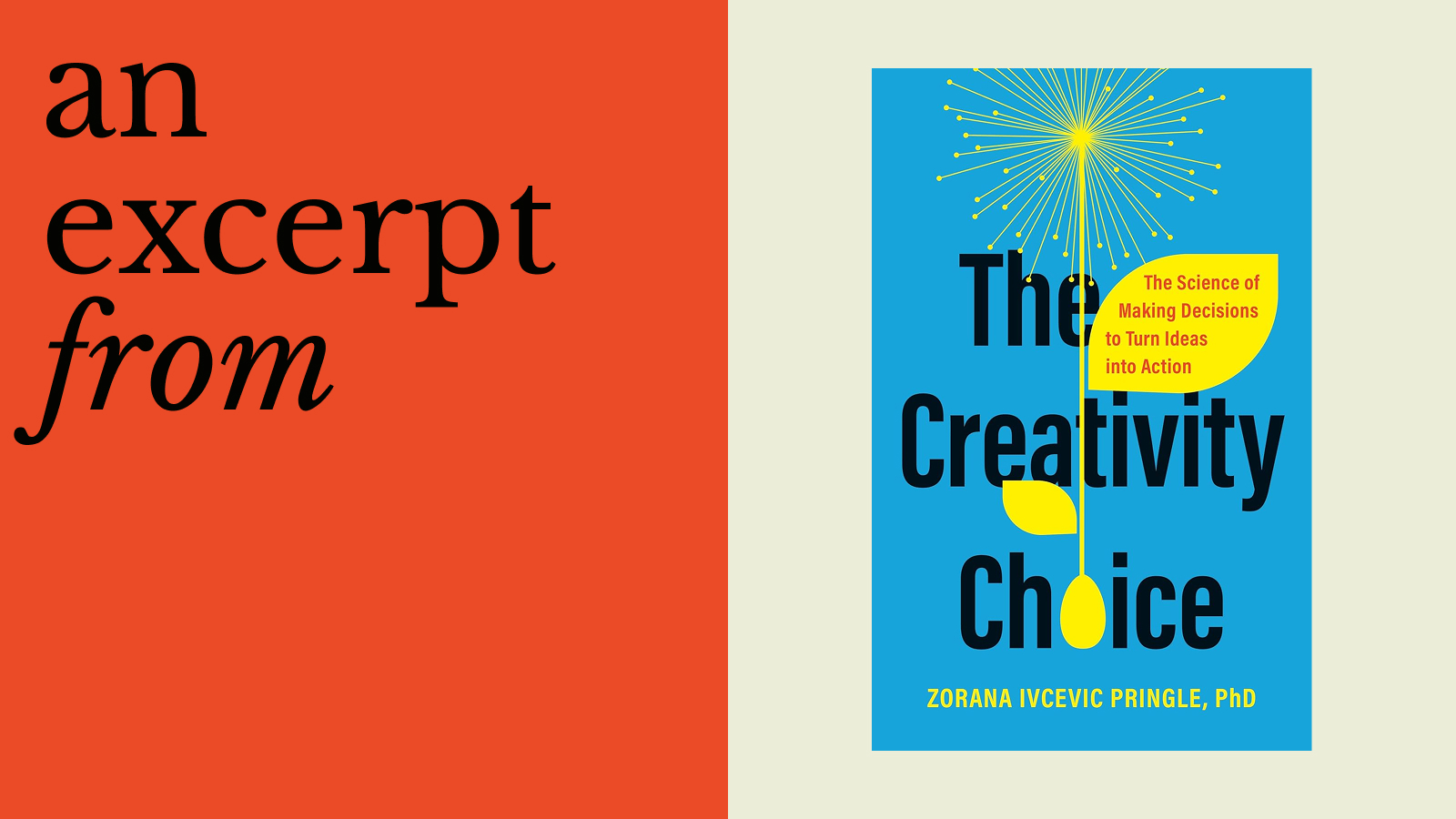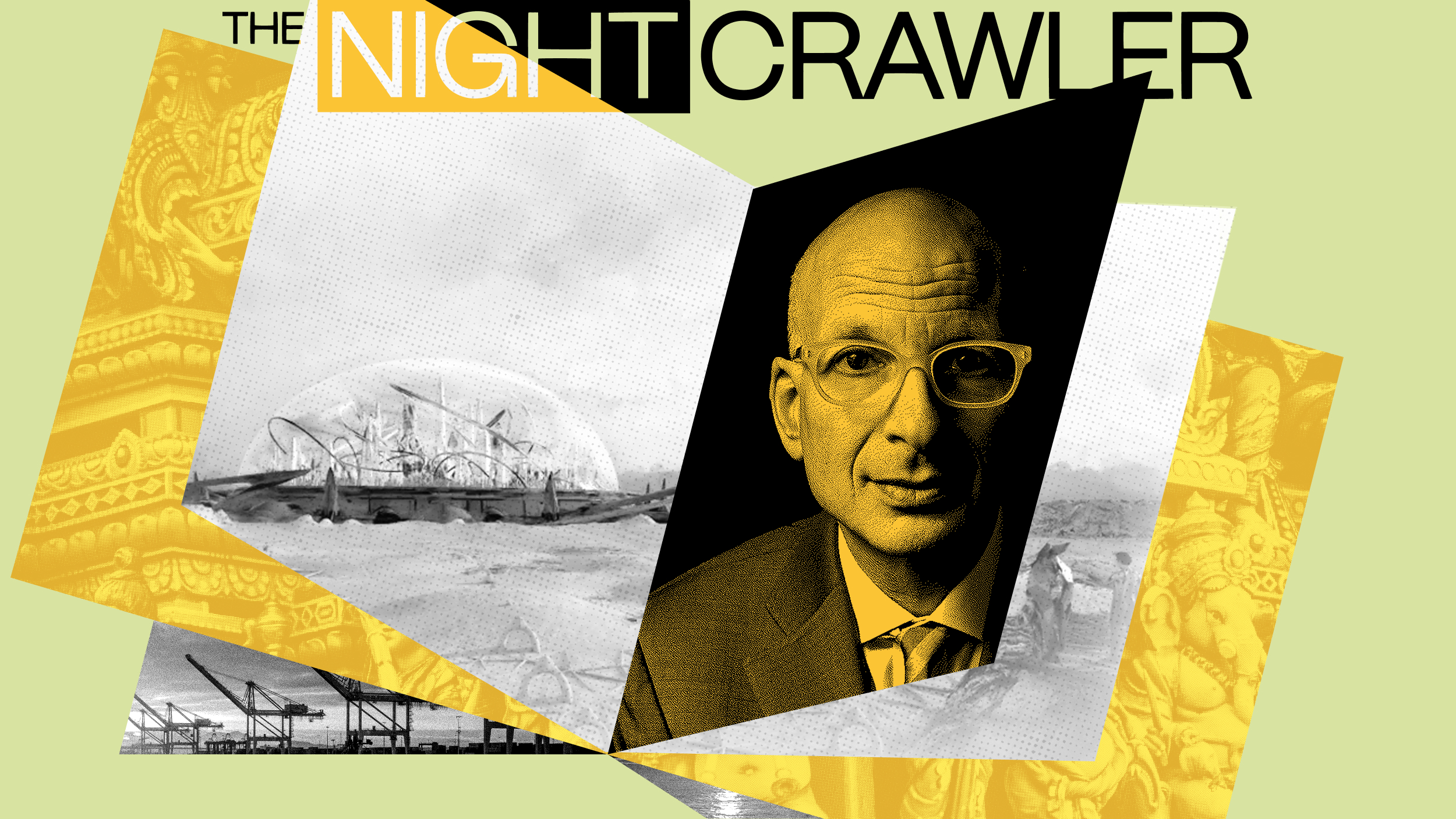A new idea from Clay Christensen.
Clay Christensen: It’s a very complicated problem because the banks have been disruptive. So, the major disruptive technology or innovation in banks has been credit scoring.
I remember in the 1970s when I first gotten my first MasterCard, I went to a bank and I had to be interviewed by a loan officer who just asked me all kinds of funny questions. But just in his intuition, he’d learned what to ask to get a good sense of whether the person on the other side of the desk was likely to repay a loan of a given amount. And I passed so they gave me a credit card with $375 credit limit on it.
But then this company in Minnesota called Fair Isaac developed a mathematical formula that would allow you with this algorithm to have a computer evaluate your credit worthiness. So they don’t even need to know your name or how tall you are or whether you shine your shoes. They just need to know how long has this person lived where she’s lived, worked where she’s worked, what’s her income and does she pay her other bills. And you get data on those four things, this algorithm will predict with a very high degree of accuracy the probability that that person will repay a debit balance of any given amount.
So credit scoring took root in the issuance of store credit cards like the Sears Card. And then as the algorithm became more accurate, you used it for MasterCard and Visa and American Express. And then you could use it for automobile loans and then home loans. And now most small business loans are made through this computer-based credit scoring algorithm; not through the wisdom and intuition of loan officers.
What’s happened is, because these are non-banks like Capital One, GE Capital, MBNA, they’ve taken this business from the big commercial banks. And rather than fight it, the reaction of the commercial banks, just like the reaction of General Motors, is to flee up market to pursue high net worth private banking clients, large global corporations where there still is no computer-based algorithm that can make the decisions for them.
And so the banks, having been disrupted at the high end of the market, they’re consolidating, and so [Mannihan] merges with Chemical, merges with Chase, merges with JP Morgan, merges with Bank One, and Nation’s Bank, which rolled up what became Bank of America, was a similar consolidation, at the high end of the market, in response to their having been disrupted by the non-bank companies.
So, if I were running one of these behemoths up at the high end, what I’d do is I’d go to the third world and I’d buy a phone company. And the reason is that in the third world, there is no banking infrastructure. And so increasingly the payment systems are emerging on mobile phones. And as those countries grow and become economically prosperous, the phone companies actually become the consumer banks there. And they’re just growing like gangbusters.
So that’s a disruptive technology relative to the credit scoring and the checking systems and credit cards of the mainstream, and that’s what I’d do. I’d go to the developing world and buy MTN or Self Pay or one of those in Africa and South Asia, and turn the phone companies into banks.
Recorded on: January 30, 2009





